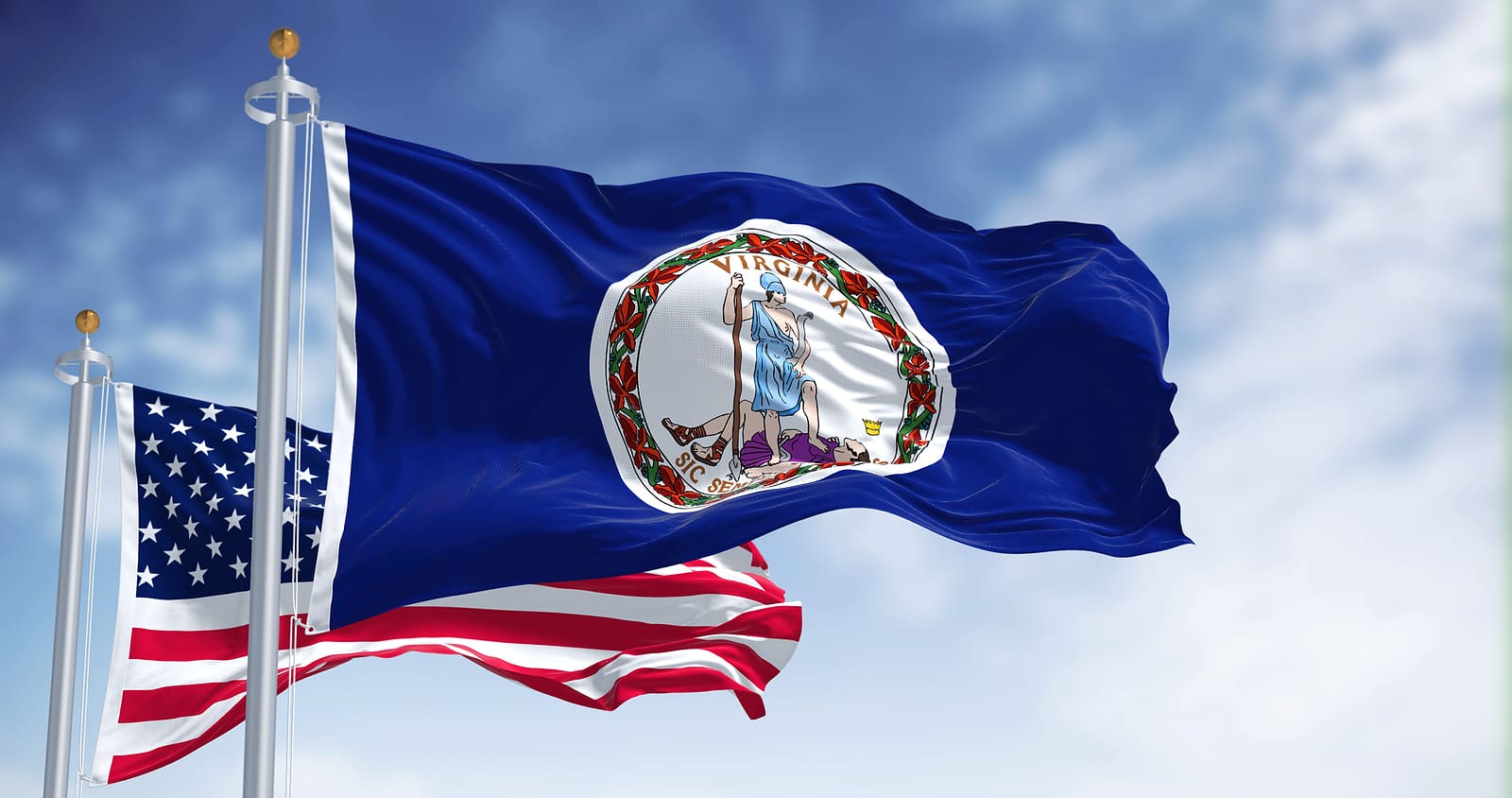Virginia Governor Glenn Youngkin Announces Significant Gains in Employment and Labor Force
Virginia Sees Highest Labor Force Participation Rate in More Than a Decade, Largest Year-Over-Year Growth in Nearly 45 Years
RICHMOND, VA (STL.News) Virginia Governor Glenn Youngkin recently announced an increase of nearly 18,000 more employed Virginians in July, bringing the total to 219,452 more Virginians employed since January 2022. The labor force participation rate also rose .1 of a percentage point to 66.7 percent, the highest rate since November 2012. According to the Bureau of Labor and Statistics Local Area Unemployment Statistics (“LAUS,” or the “household survey”), the labor force in Virginia increased this month by 8,981 to 4,597,232, the largest number of workers since counting began in 1976.
“As a historic number of Virginians are finding careers in the Commonwealth, I’m encouraged that our commonsense agenda is working,” said Governor Glenn Youngkin. “With the largest labor force ever to support growing businesses, Virginia is on the move, and we continue to focus on reducing the cost of doing business and lowering the cost of living for working Virginians to accelerate these results. Together, we can keep moving the Commonwealth forward.”
The Commonwealth’s labor force participation rate increased by 0.1 percentage points from June’s rate to 66.7% in July – the highest labor force participation rate since November 2012. The labor force participation rate measures the proportion of the civilian population age 16 and older that is employed or actively looking for work.
According to BLS Local Area Unemployment Statistics (“LAUS,” or “the household survey”), Virginia’s seasonally adjusted unemployment rate in July decreased by 0.2 percentage points to 2.5 percent, which is 0.1 percentage points below the rate from a year ago as the number of unemployed residents decreased by 8,956 to 116,224.
The number of employed residents increased by 17,937 to 4,481,008. Virginia’s seasonally adjusted unemployment rate of 2.5 percent is 1.0 percentage points below the national rate, which decreased by 0.1 percentage points to 3.5%.
“Virginia has seen a healthy labor market this year with impressive labor force gains. Our efforts to improve the business climate and workforce opportunities are resulting in employment growth and greater labor force participation which benefits job seekers and employers in the Commonwealth,” said Secretary of Labor Bryan Slater.
“The unemployment rate of 2.5 percent remains below the national rate and continues its trend downward. We are encouraged by the lower unemployment rates that are approaching pre-pandemic levels,” said Secretary of Commerce Caren Merrick.
BLS publishes an additional employment figure from its Current Employment Statistics Survey (“CES” or “establishment survey”). Virginia’s CES employment increased by 1,400 to 4,147,100 in July and has increased by 64,400 to 4,147,100 since July 2022.
The CES survey uses payroll records of establishment employers and is designed to provide a count of jobs under which the employer pays unemployment insurance. The LAUS survey is based on household interviews conducted each month for the Bureau of Labor Statistics and provides comprehensive data on the labor force, including those who are employed and unemployed. Establishment survey data reflects changes for updated seasonal adjustment factors and industry classification conversions (NAICS) as part of the annual benchmarking process.
The household survey only distinguishes between whether a person is employed or unemployed, whereas CES counts each employee that is on an employer’s payroll. CES excludes business owners, self-employed persons, unpaid volunteers and private household workers, and those on unpaid leave or not working because of a labor dispute.
Seasonally adjusted total nonfarm employment data is produced for eleven industry sectors. In July, four experienced over-the-month job gains, two remained unchanged, and five experienced a decline. The largest job gain occurred in Education and Health Services (+1,500) to 577,100. The second largest job gain occurred in Construction (+1,400) to 213,600. The third largest job gain occurred in Government (+1,200) to 734,900. The other gain was in Information (+700) to 72,400. The largest job loss occurred in Professional and Business Services (-2,100) to 811,900. The second largest job loss occurred in Trade, Transportation, and Utilities (-700) to 666,100. The third largest job loss occurred in Manufacturing (-300) to 246,600. The other losses were in Leisure and Hospitality (-200) to 406,300 and Miscellaneous Services (-100) to 195,100.
From July 2022 to July 2023, the VEC estimates that total nonfarm employment in Virginia increased by 64,400 to 4,147,100, private sector employment increased by 45,000 to 3,412,200, and government employment increased by 19,400 to 734,900 jobs.
For the eleven industry sectors in Virginia over the year, eight experienced over-the-year job gains; one remained unchanged, and two experienced a decline. The largest job gain occurred in Education and Health Services (+20,400) to 577,100. The second largest job gain occurred in Government (+19,400) to 734,900. The third largest job gain occurred in Leisure and Hospitality (+13,300) to 406,300. The other gains were in Miscellaneous Services (+4,300) to 195,100; Construction (+4,100) to 213,600; Professional and Business Services (+2,600) to 811,900; Information (+2,200) to 72,400; and Manufacturing (+1,000) to 246,600.
Government employment increased by 19,400 to 734,900. Within that sector, federal government jobs decreased by 1,600 to 185,400, state government employment increased by 8,000 to 160,300, and local government increased by 13,000 to 389,200 over the year.
SOURCE: Virginia Governor





